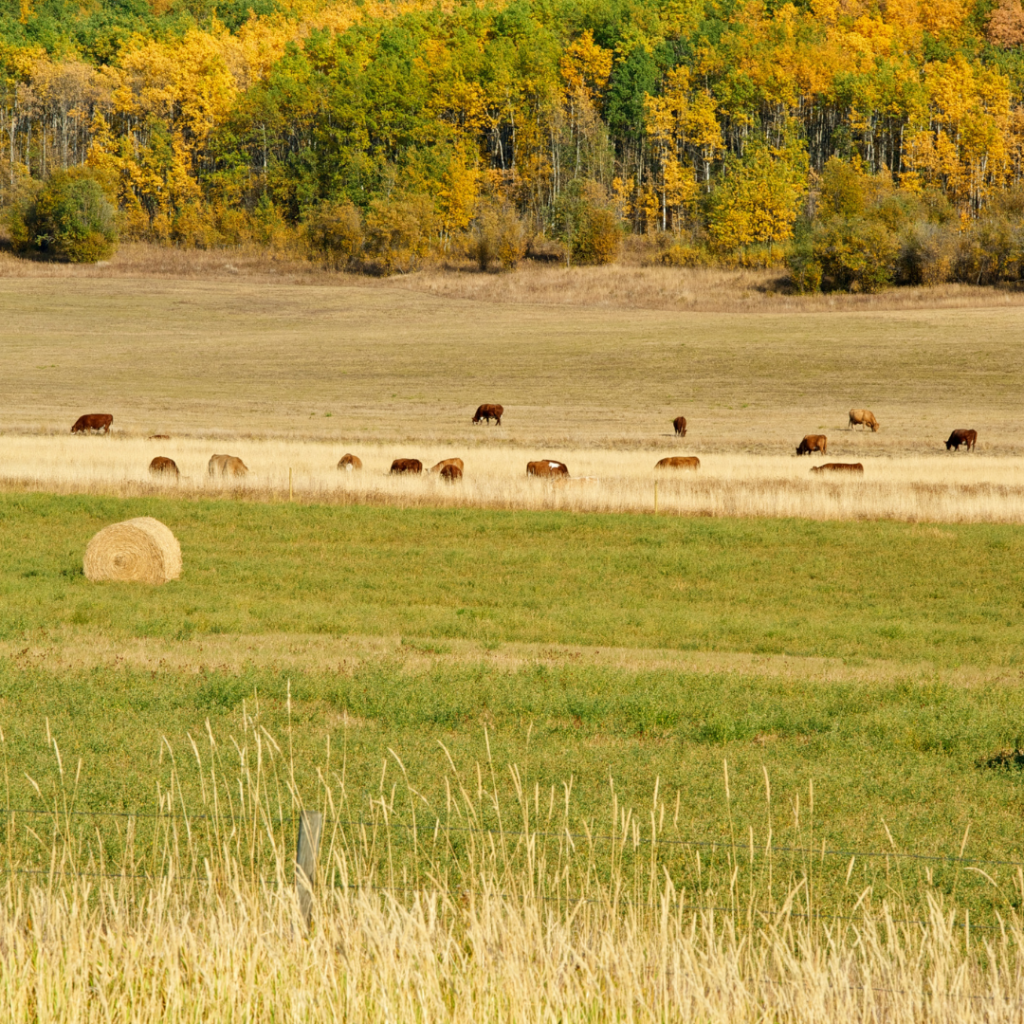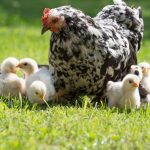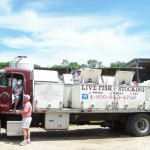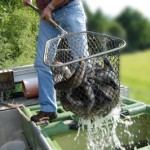 As summer comes to an end, it’s time to start thinking about how you’ll manage your livestock during the winter months. During the winter months, natural forage becomes scarce, and your livestock might not get the nutrients they need. To prevent that, you need to start planning for winter grazing now. To help prevent this, we have a few tips to help you get your pasture ready for the change in seasons.
As summer comes to an end, it’s time to start thinking about how you’ll manage your livestock during the winter months. During the winter months, natural forage becomes scarce, and your livestock might not get the nutrients they need. To prevent that, you need to start planning for winter grazing now. To help prevent this, we have a few tips to help you get your pasture ready for the change in seasons.
Fertilize Your Pasture
One of the critical steps to prepare your pasture for winter grazing is to fertilize in September or October. During the growing season, your livestock grazes on your pasture, removing nutrients from the soil. Fertilizing your pasture in the fall season helps to restore the nutrients needed to support winter grazing. Nitrogen, phosphorus, and potassium are the essential elements to consider when fertilizing your pasture. We can help you come up with a plan to put nutrients back in the soil, or you can contact a local agricultural extension office.
Reseed Your Pasture
After fertilizing, reseeding your pasture is essential to restore the grasses and legumes that will support your livestock through winter grazing. Establishing fall-seeded grasses and legumes will provide a fresh supply of feed for your livestock throughout the colder months. It’s essential to start reseeding the pasture during the late summer or early fall to ensure the seed establishes well before winter. Cover crop, winter wheat, rye, and oats are good choices for winter grazing.
Mow Your Pasture
Mowing your pasture before winter is crucial to remove dead plant material, promote regrowth, and enable the winter forage to grow and mature appropriately. Mowing the pasture also ensures that your animals have access to the freshest and most nutritionally rich grass during the winter months.
Protect Your Pasture
Even with proper preparation, winter grazing can cause some damage to your pasture. Heavy grazing can result in compaction and soil erosion, which can be detrimental to your long-term forage production. Manage your winter grazing well by moving your animals often to prevent overgrazing. Keep feeding areas away from sensitive areas, such as riparian zones, to prevent soil erosion. Also, avoid grazing the pasture when it’s wet or when the ground is frozen.
Provide Adequate Shelter and Water
Winter grazing doesn’t mean that you can neglect the need for shelter and water. Your animals still need access to clean water and a dry place to escape severe weather conditions in the winter. Ensure that your pasture has enough natural shelter, like trees or windbreaks, or provide alternative shelter like a barn or shelter for your animals when the weather turns extreme.
In short, preparing your pasture for winter grazing ensures that your animals have access to fresh forage and reduces your feed cost. Start fertilizing and reseeding your pasture in September or October to provide your animals with the nutritional support they need throughout the winter months. With proper management, you’ll keep your pasture healthy and productive for many years to come.




